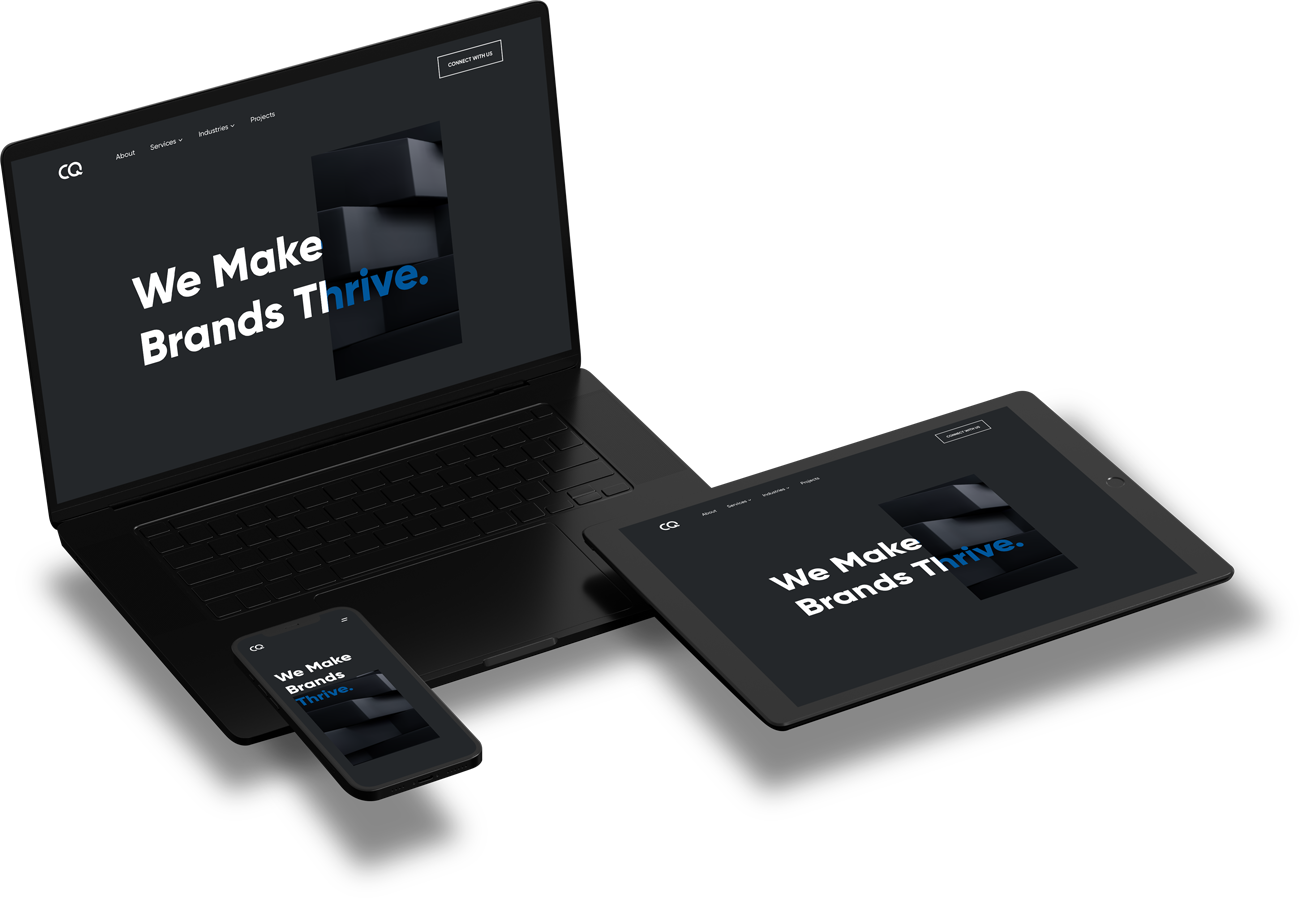 April 12, 2023
April 12, 2023

Businesses are searching for methods to remain ahead of the competition and modernize their applications as technology evolves. Application modernization trends are updating current apps to operate on the most recent technology. This procedure may include upgrades to both hardware and software, as well as modifications to the fundamental design. As the technological landscape evolves, application modernization will become increasingly essential for companies to remain competitive.
Having rigid systems in place disrupts your digital transformation path and subjects your company to a slew of unexpected technological complexities. It also prevents your business from utilizing the cloud’s cutting-edge powers.
As a decision-maker or business professional looking to innovate, you should consider cloud migration a requirement rather than a choice. However, a smooth cloud transition is only feasible if you are open to modernizing your apps and processes.
Application modernization trends can assist you in taking full advantage of cloud computing while optimizing processes to suit the needs of modern settings. Furthermore, by helping you, it may unlock possible possibilities.
In 2023, we can anticipate several application modernization trends that will assist companies in staying current with the newest technology. Here are some of the most significant patterns to watch in the coming years.
While general attrition has recently decreased, organizations struggle to locate specialized skilled personnel. With the increased demand for modernization with shorter time-to-market and a scarcity of technical skill sets, low-code/no-code platforms are a viable choice. These platforms enable app upgrades to be democratized, resulting in increased output and a shorter time to value. In the future, organizations will embrace the LC/NC platform to do more with the benefits of application modernization.
We anticipate widespread usage of microservices and containerization as organizations continue to utilize the cloud for increased operational efficiency and scalability. Developers can use microservices to divide big monolithic apps into smaller modules, allowing them to make targeted changes without affecting every module. With a microservices architecture and containerization, developers can separate each service and operate them as distinct processes, enabling organizations to scale their apps.
Organizations will move their emphasis from lift to total cloud transformation in application, platform, and infrastructure, resulting in higher costs. When developing their cloud plan in 2023, organizations will be more concerned with cloud cost management and prefer the freedom to switch between suppliers.
APIs for serverless APIs allow organizations to plug and play various systems together, resulting in more composable businesses. Serverless APIs will primarily provide autoscaling capabilities and consumption-based pricing models without acquiring or maintaining on-premises servers. As a result, companies will use it to boost their durability, speed, and customer-centricity.
Legacy systems frequently house critical data and business processes vulnerable to security intrusions. Many organizations will prioritize security in their modernization plans and expedite the implementation of DevSecOps to react to security risks effectively.
AI stands for artificial intelligence. In the realm of legacy modernization, robots have grown in popularity. Although they are challenging to create, chatbots’ advantages far exceed the required effort. AI bots, unlike rule-based bots, do not require an extensive database and can be readily integrated into business processes. Application modernization services, unlike rule-based bots, which cannot discover a solution if it is not in their database, AI bots can learn independently.
In application modernization trends you only need to provide the AI bot with precise starting data, and it will handle the rest. AI bots are a popular option for businesses that provide customer service because a well-designed bot can easily replace the services of dozens, if not hundreds, of customer care agents.
Now that you understand the benefits of application modernization, we can move on to know the essential practices that can transform your apps while addressing the main challenges that may arise.
It would help if you implemented an application modernization strategy that effectively matches your modernization efforts with quantifiable business goals. Positive user experiences, for example, can be generated by aesthetically attractive UI/UX and smooth navigation supported by contemporary features.
In Application modernization trends encapsulate, rehost, refactor, re-architect, remake, and substitute are the most frequently used modernization methods. To guarantee a smooth transfer to contemporary technologies, using the best application modernization strategy you can begin with one and then move on to the others.
One of the application modernization best practices that you must pay attention to is having a suitable project timetable. You must clearly understand your primary goals, activities, and timeframes. (start and end dates).
Architecture is critical in any software development endeavor. It decides whether or not your program can integrate with multiple systems. It validates the degree of scalability and protection.
If you want to see the application modernization transformation, don’t just concentrate on deploying new apps or creating a product from inception. This type of transformation necessitates the appropriate skill set and proficiency in your devoted development team.
To understand application modernization trends can take time and effort. However, by implementing the application mentioned above modernization best practices correctly, you can ease the process.
This will save more time, effort, and money while allowing you to provide value-added services to your target community. You will have the opportunity to migrate to cutting-edge contemporary apps without sacrificing quality. Craftedq can assist you in developing a solid plan for implementing modern tools and technologies that will help you produce lucrative results in the long run. Contact our digital transformation specialists right away to begin your app update adventure.
